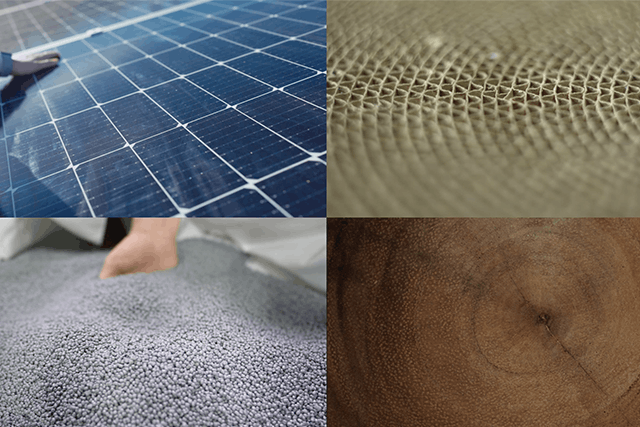All sectors need to innovate to meet the objective of reducing greenhouse gas emissions by 55% by 2030, and the construction industry is no exception. “In the residential and tertiary building sector, we actually have a target of 64%. 2030 is fast approaching. We can’t achieve this by doing the same things in the same way. We need to adopt new practices, such as reducing our consumption. Innovation means thinking of new ways of working to reduce our impact on the environment,” Thierry Flies, Managing Director at Schroeder & Associés, told us. Innovation in construction projects starts with well-considered design and low-carbon material options.
Sustainable construction is a priority
To achieve these climate objectives in 2030 as well as carbon neutrality in 2050, reviewing the corporate culture is key. This is something that Schroeder & Associés have been doing for several years now. “We thought long and hard about our strategy for 2030 to meet this challenge and we came up with three strategic areas of focus. One key factor is sustainability, which can actually save money if it’s included from the outset. The second factor is about providing an extremely high-quality service, which we hope to continue improving. Finally, the third key element concerns the business areas in which we operate and the like-minded partners we work with to meet our customers’ needs. We want to be a single trusted partner for our customers.”
Innovation means thinking of new ways of working to reduce our impact on the environment,
Innovation saves time
Day-to-day, this strategy is expressed in continuous innovation. “If our employees have an idea for an application or software package designed to meet our needs, our doors are always open. We’ve even put processes in place to facilitate this. We’d also like to organise a two-yearly ‘innovation camps’ to inspire our staff. Next year’s camp will be all about sustainability.”
Another step forward is digitalisation, which started in the sector some years ago. “We have a dedicated BIM (Build Information Management) unit to promote the process. Our goal is to be working entirely in BIM by the end of 2023. We’ll have nominated ambassadors in each team whose role is to show other employees how to change the way they work. We're providing in-house training for all our teams.”
Raising customer awareness on the importance of sustainability
To communicate their strategy, Schroeder & Associés have implemented a new visual identity based on new internal and external communication tools and a small change to the company's logo. “We want to be more present on social media and also raise awareness with existing and potential customers and businesses. To integrate sustainability into our projects, we need our customers to be aware of the issues. This was what we did on the pilot project for the planned crèche in the Betzdorf municipality. We need to set an example and move towards more environmentally friendly construction practices that consider human aspects. This represents the social dimension of our CSR approach. Our actions are also a reflection of our responsibility towards future generations,” Thierry Flies explained.
For more information on Schroeder & Associés and their strategy, visit
